When I set out on my journey across the Balkans, I only found itineraries explaining how travel bloggers had road-tripped by car. I’m glad to have discovered for myself just how easy it is to travel the Balkan countries by bus!
Benefits to Bussing
There are many benefits of bussing around the Balkan countries instead of renting a car. I was able to read, sleep, gaze out at the countryside, etc, when I was spending hours on a bus. Going through immigration was a breeze in most instances. Veteran bus drivers would maneuver around waiting cars to get to the front of the line.
During my Balkans itinerary I also never had to worry about where to park a car. Especially when I was staying in hostels in the heart of the pedestrian-only old towns. Most bus station were located within walking distance to old town too.
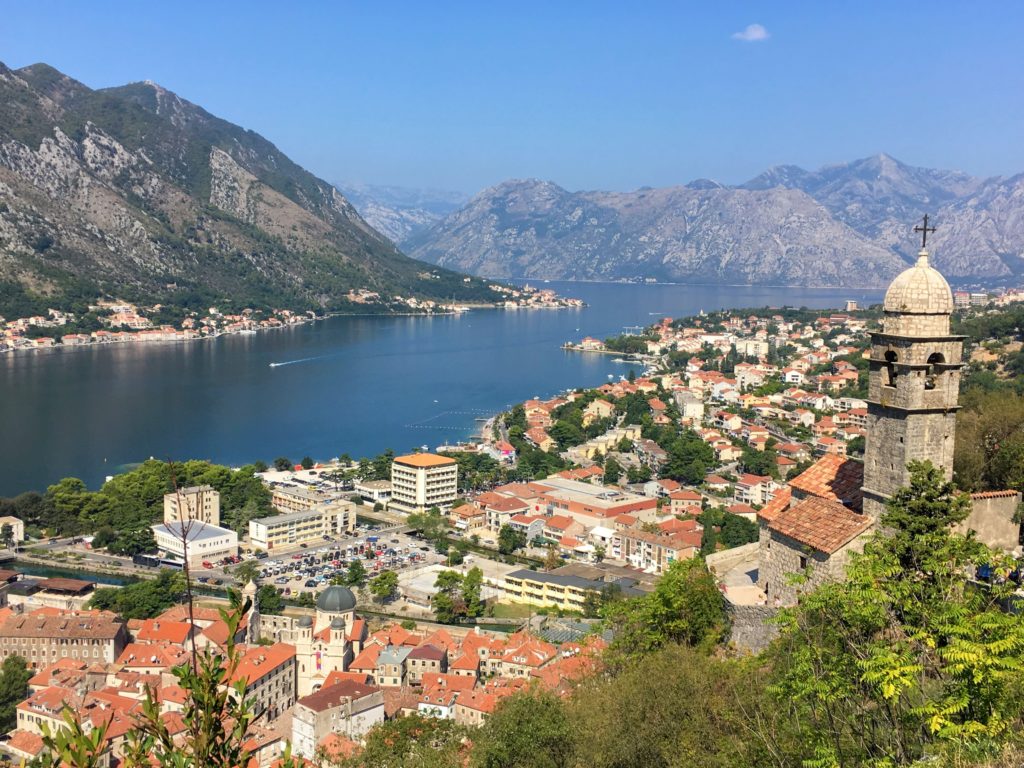
It’s a common occurrence in the Balkans to be charged around 1 Euro equivalent for each large luggage item you store under the bus.
Keep some local currency on you at bus stations, just in case.
About the Balkans
The Balkan countries are a conglomerate of borders and nations that many people around the world are unable to identify. Most of them were formally under Soviet rule and almost all have war-torn histories.
The countries Montenegro and Kosovo are two of the newest countries in the world! They only gained independence from Serbia in 2006 and 2008.
There are many reasons to plan a Balkans itinerary. The price tag is much cheaper than its Western European neighbors (Slovenia and Croatia being the most expensive). You also don’t need to worry about your Schengen visa expiring, since many countries allow visitors to stay 90 days. Their small size makes it easy to see much of what each country has to offer too, in a short period of time.
How many of the countries that I visited (and their capitals) can you recognize?
I expected the Balkan countries to be similar to each other – once you’ve seen one, you’ve seen ‘em all. But I couldn’t have been more wrong.
Each of the nine countries I visited in my Balkans itinerary was distinctly different from its neighbors. Each had its own history, architecture, and natural beauties to offer. They also often had their own currencies (with the exceptions of Montenegro and Kosovo who use the Euro) so it’s good to come prepared with an ATM card with little to no withdrawal fees!
Bussing Around the Balkans Itinerary
Slovenia – 3 days
Croatia – 10 days
Bosnia & Herzegovina – 4 days
Serbia – 3 days
Kosovo – 3 days
Montenegro – 5 days
Dubrovnik (Croatia) – 2 days
Albania – 5 days
Macedonia – 3 days
Bulgaria – 7 days
Total: 45 days
During my six-week Balkans itinerary, I took 24 busses, 3 ferries, and 1 train. This is roughly how I visited all nine countries, and how I would do it again if I had the chance.
Slovenia - 3 days
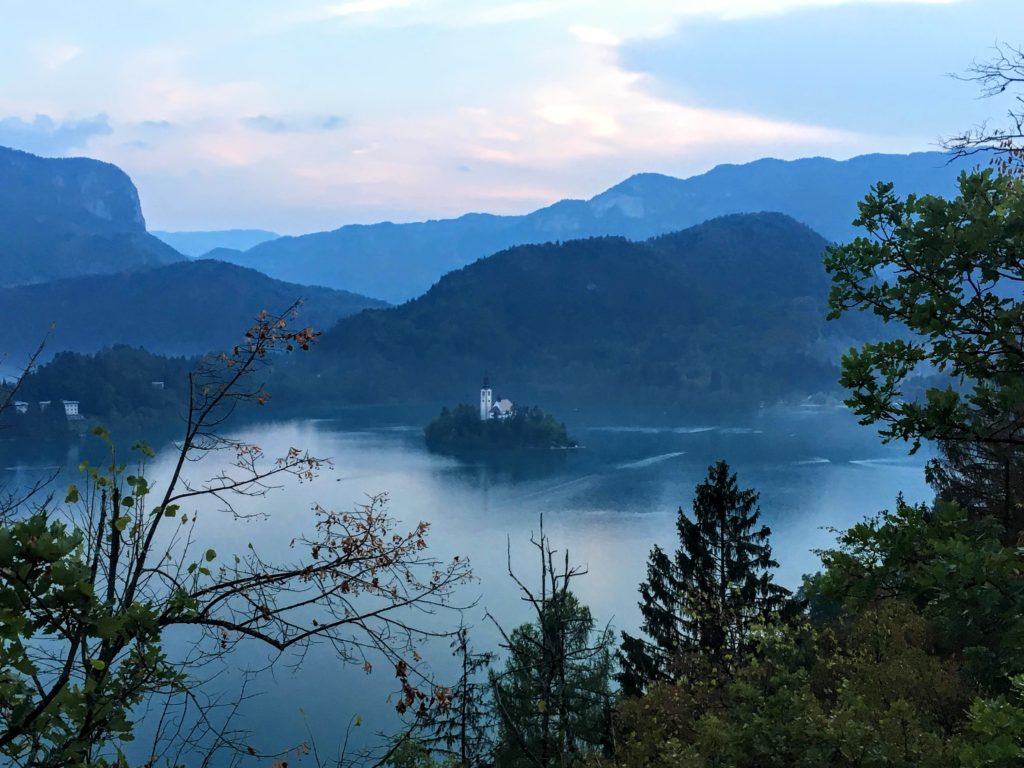
Slovenia is the logical entry point to start your bussing the Balkans itinerary when coming from any of the Western European countries. It’s just south of Austria, at a close proximity to Germany, Switzerland, and Hungary. You’ll start to feel a shift here from the Germanic cultures and architecture to the Slavic ones.
Bled and Ljubljana
The two highlights of Slovenia are Bled, a town famous for a church built on an island on a lake, and Ljubljana, the capital city. There are also some National Parks that are accessible by bus and car from the main cities.
I spent one day in Bled, which gave me enough time to enjoy the view over Bled Lake, hike up to the castle on the cliffside, and spend the next morning in Triglav National Park.
At the National Park you can follow a trail through Vintar Gorge, on a raised platform that runs alongside the river. The water here is so clear you can see fallen trees and fish swimming at the bottom of the river!
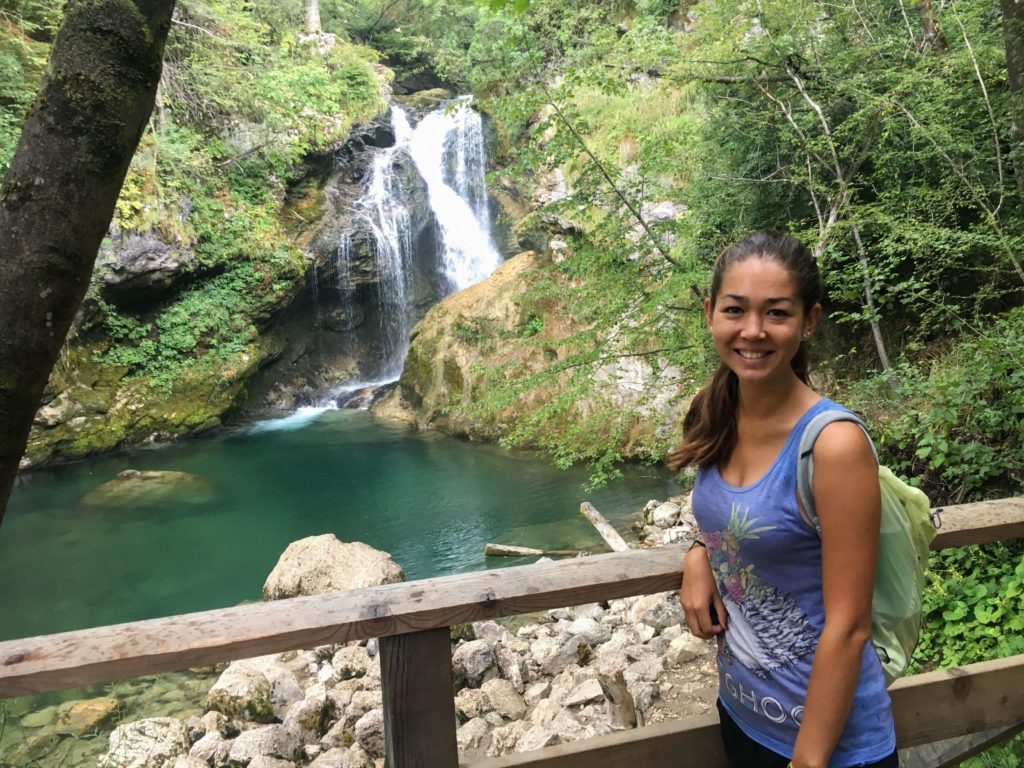
I suggest spending two days in Ljubljana, exploring the castle on the hill and wandering its historic streets.
There are plenty of markets, quirky shops, and cafes where you can spend your time. Don’t miss the dragon bridge, where four massive dragons adorn the bridge posts on both sides, the symbol of Ljubljana.
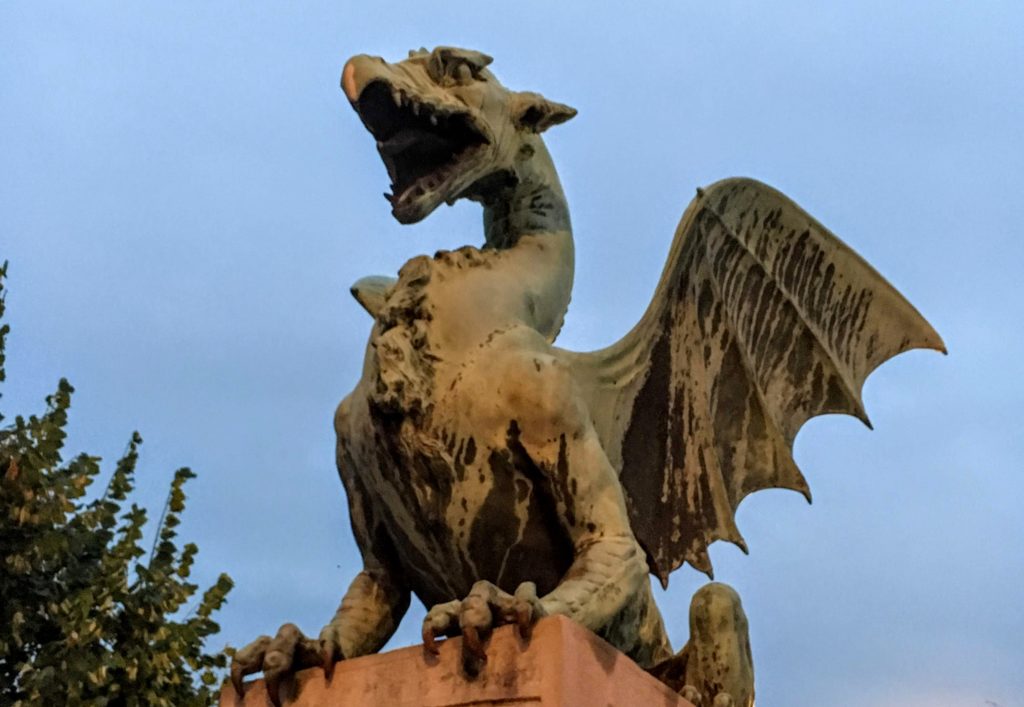
Ljubljana has an expansive, well-connected train and bus system that can get you to many other countries around Europe. Wherever you want to go next on your Balkans itinerary, Ljubliana’s transit can get you there.
There are both busses and trains that frequent the journey between Ljubljana and Zagreb, the capital of Croatia. You can also go straight to Belgrade, Serbia from here on an overnight bus or train.
Croatia - 10 days
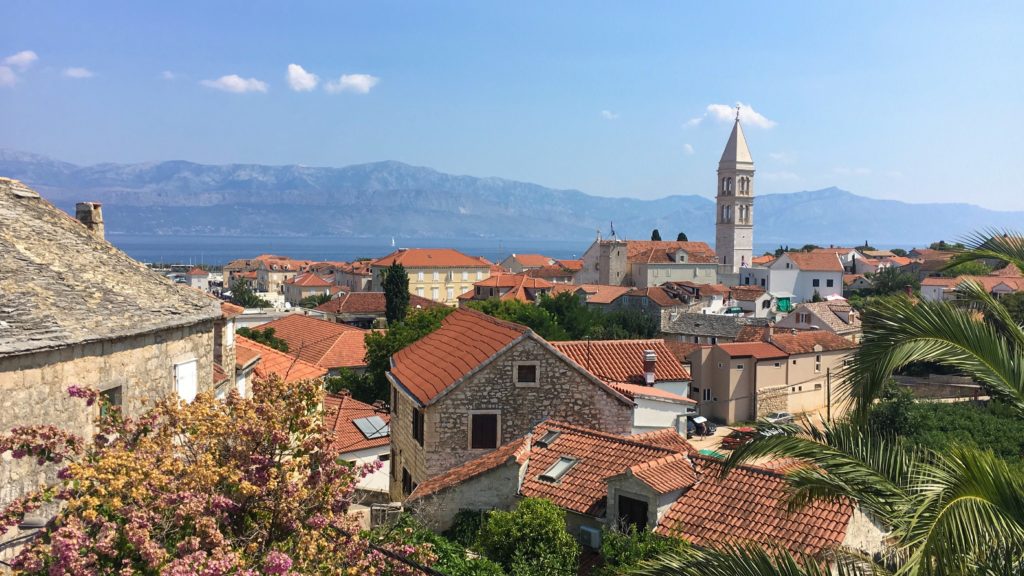
Croatia might be the most touristy country on this Balkans six week itinerary. It’s been a favorite vacation spot for Western Europeans and Russians for decades. With the recent attraction of it being a Game of Thrones filming location, plus the growing popularity of Yacht Week, it’s turned into an international tourist destination. But with the beauty Croatia has to offer with its islands and history, it’s no wonder that people are flocking here.
I suggest spending 5 days on mainland Croatia during your six-week Balkans itinerary. Explore the capital and old streets of Zagreb for one day (check out the funny and sad Museum of Broken Relationships) and take a tour to the Plitvice Lakes the next. Then head to the coastal cities of Zadar and Split, both with renowned old towns.
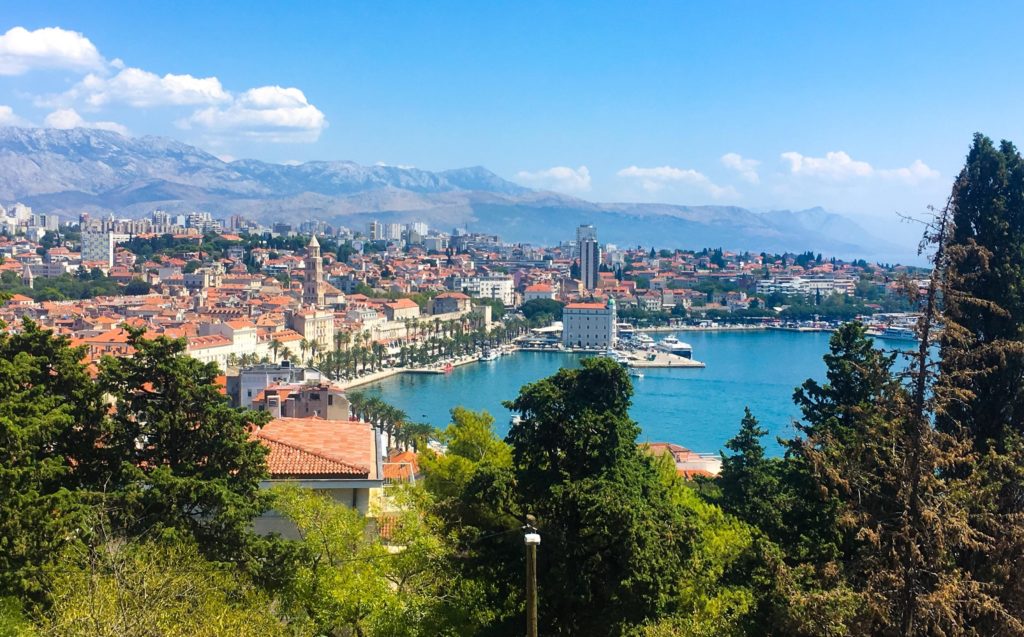
From Split, you can take ferries to the three main islands: Brac, Hvar, and Korcula, where you can stay in small towns and enjoy the Croatian beach life. I recommend taking 5 days to divide between 2 of the islands. If you don’t mind moving around frequently, you can visit all 3 islands.
There’s an option to take a long ferry ride from the islands to Dubrovnik at the very southern tip of Croatia. BUT if you plan on going to Montenegro later, you can pop back into Dubrovnik from Montenegro.
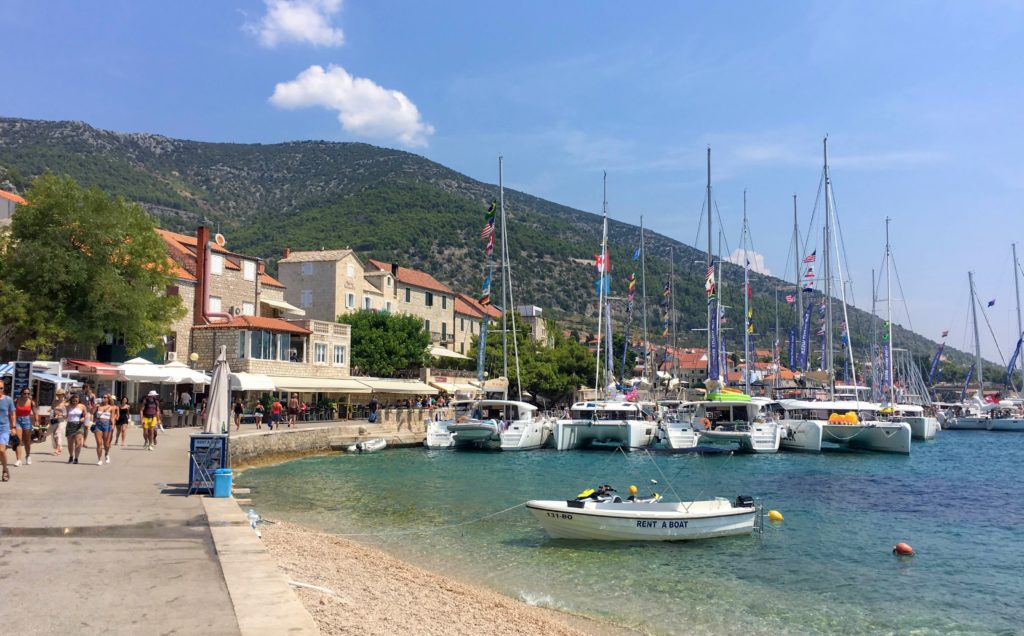
Getting Around Croatia
By Bus – All of Croatia is very well connected by public transportation, including by the companies Croatia Bus and Flixbus. Most busses (aside from Flixbus) will charge you 1 Euro or 7 Kuna to store each luggage item under the bus.
By Ferry – The main ferry company around the islands is Jadrolinija, which has ticket offices at the pier in Split and on the islands. You can buy ferry tickets for smaller companies as well in all locations, which may depart and arrive at more convenient times.
Check out my full Two Weeks in Croatia Itinerary!
Bosnia & Herzegovina - 4 days
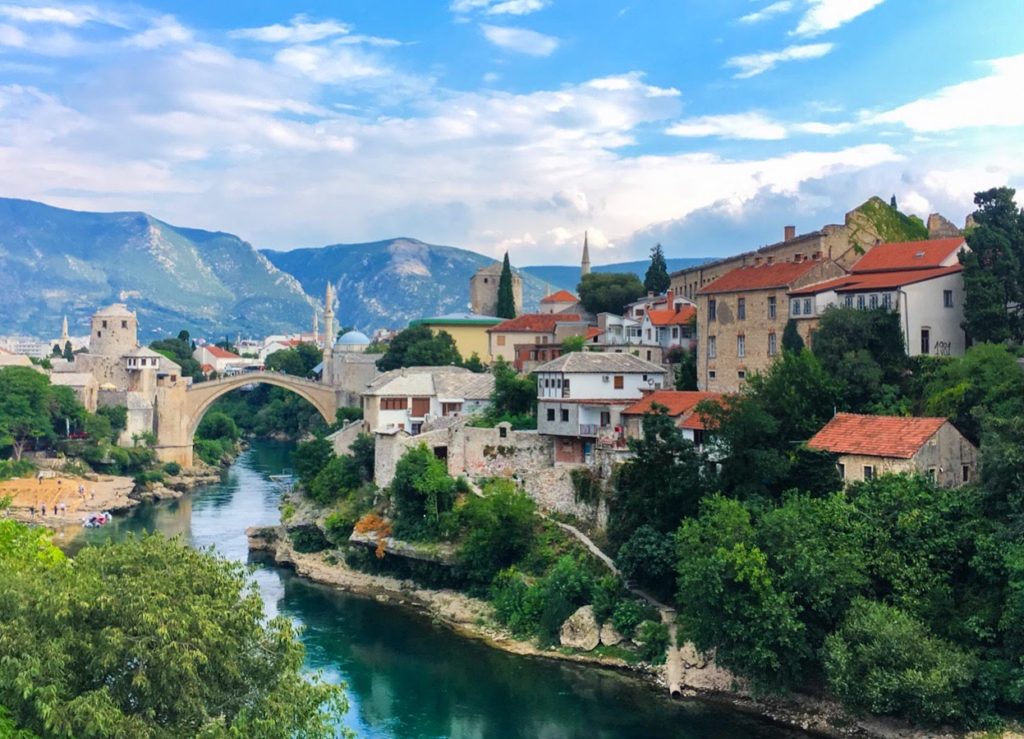
From Split, there are a half a dozen daily busses that go to Mostar, Bosnia & Herzegovina. The cost is from 14-17 Euros, but sometimes during a sale they can be as low as 8 Euros. I paid 7 Kuna (1 Euro) extra to put my large bag under the bus.
The bus goes over a windy mountain road through tiny Croatian villages, made several stops, and took a long time at the border crossing.
Bosnia & Herzegovina is visibly poorer and more war-torn than Croatia. Many buildings are pock-marked with bullet holes, and ruins of bombed buildings still half-stand in the middle of cities.
Culturally it’s very different from Croatia also. Bosnia is a majority-Muslim country as you’ll see and hear from the many mosques dotted across the country. Gone are the orange clay rooftops, and instead the old towns are filled with stone architecture and Bosnian coffee shops.
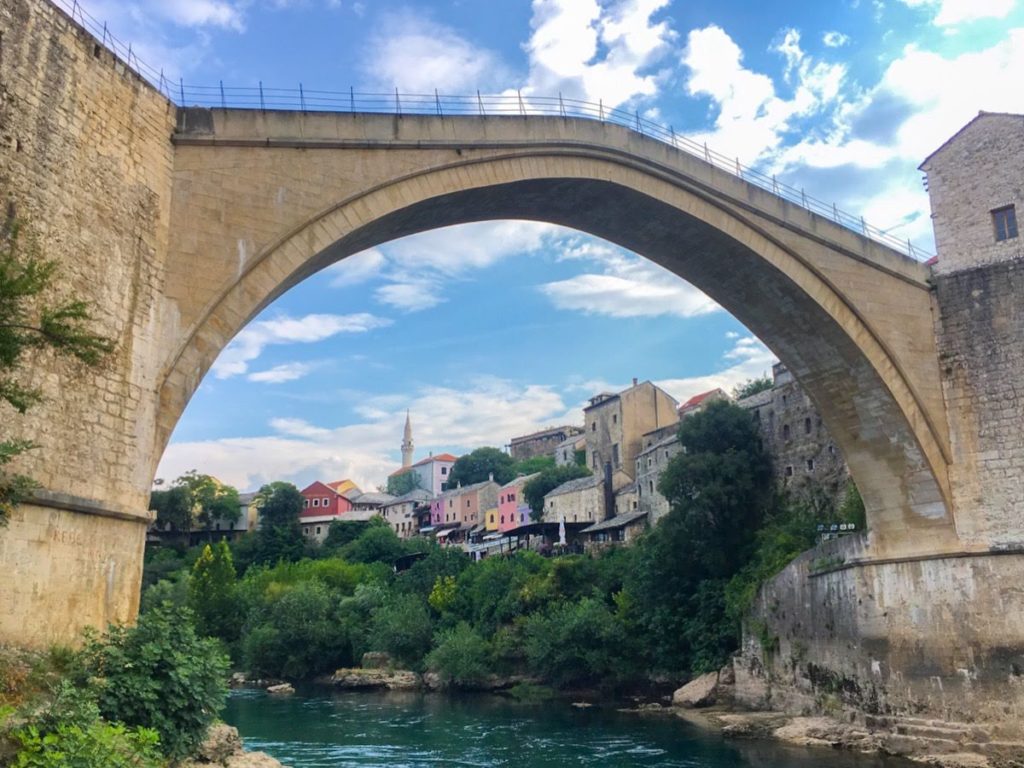
Spend two days in Mostar. Explore this small city and peruse vendors selling Bosnian coffee and Arabic-esque souvenirs. Because of the Muslim population, the brightly colored lanterns and decorative plates living the streets, you’ll feel like you’re in an Arabic country somewhere.
Hang out at a restaurant where you have a view of the famous bridge, and you might even see someone taking a dive off of it into the river below.
On the second day, you can take a tour to the nearby Blagaj Tekija, a Dervish monastery built right over the Buna river, and the Kravice falls.
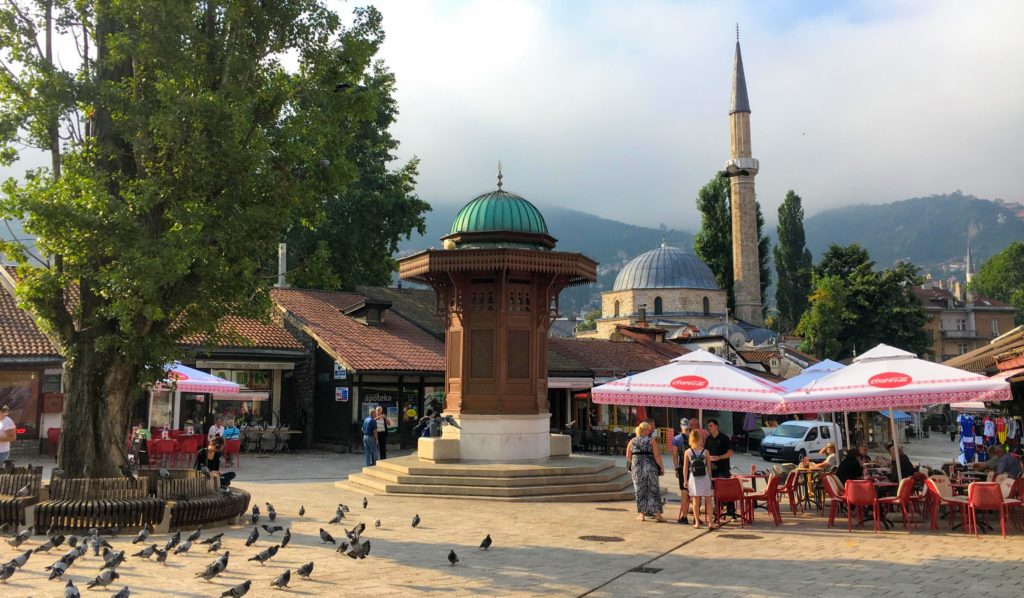
Sarajevo is the largest city in Bosnia & Herzegovina, and worth two days to explore and visit its many museums. Sarajevo has a long history since being founded by the Ottoman Empire. This city is where Prince Franz Ferdinand was assassinated to spark World War I, and more recently it was under siege for years during an internal war between the Bosnian Serbs, Croats, and the Muslim Bosniaks.
The central tourism area is lively and filled with many local food restaurants, shops and a bazaar where you’ll find low-cost souvenirs. Have a wander or take a cheap tour through Sarajevo and check out the main mosque at the center of it, stop by a bakery for some rolled Burek pastries (filled with cheese, spinach, or meat), and head up to the city viewpoint.
The next day, spend some time at the many museums or take a tour up to the abandoned bobsled track from 1984 Winter Olympics.
Serbia - 3 days
Walking through Belgrade when I first arrived in Serbia, I had to laugh because it was exactly what I had pictured in my mind of what a former-Soviet country would look like. The weather was dreary, and everything around me was cold, concrete, with lots of edges. The buildings were gray with windows smashed out, graffiti covered every surface, and the occasional rickety tram that passed by was filled with frowning faces.
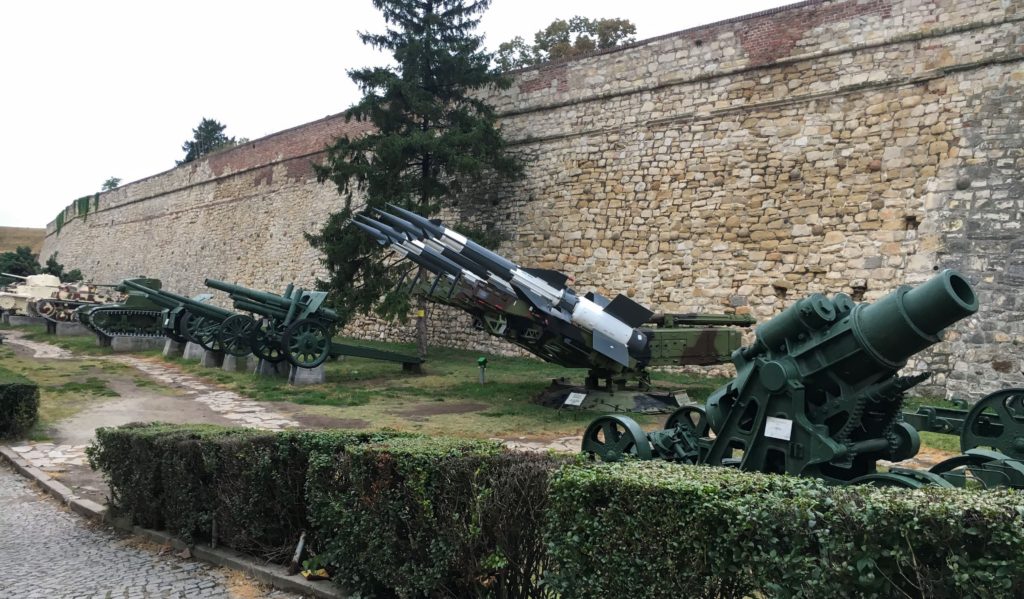
In two days in Belgrade you can visit some beautiful Orthodox Christian churches, take a look at some bombed-out buildings that were never rebuilt, and spend time at Skadarlija street, where there are many bohemian bars and cafes.
There’s also a fortress at the north part of town that’s been converted to a massive free park. You can walk along the crumbling walls, learn about the history of Belgrade, and buy a Yugoslavia souvenir from the vendors that line the streets. To learn about the local culture, you can also join a walking tour.
There’s supposed to be a crazy Rakja-fueled nightlife here, but the Saturday I tried with a group from the hostel to find the party, we were unsuccessful.
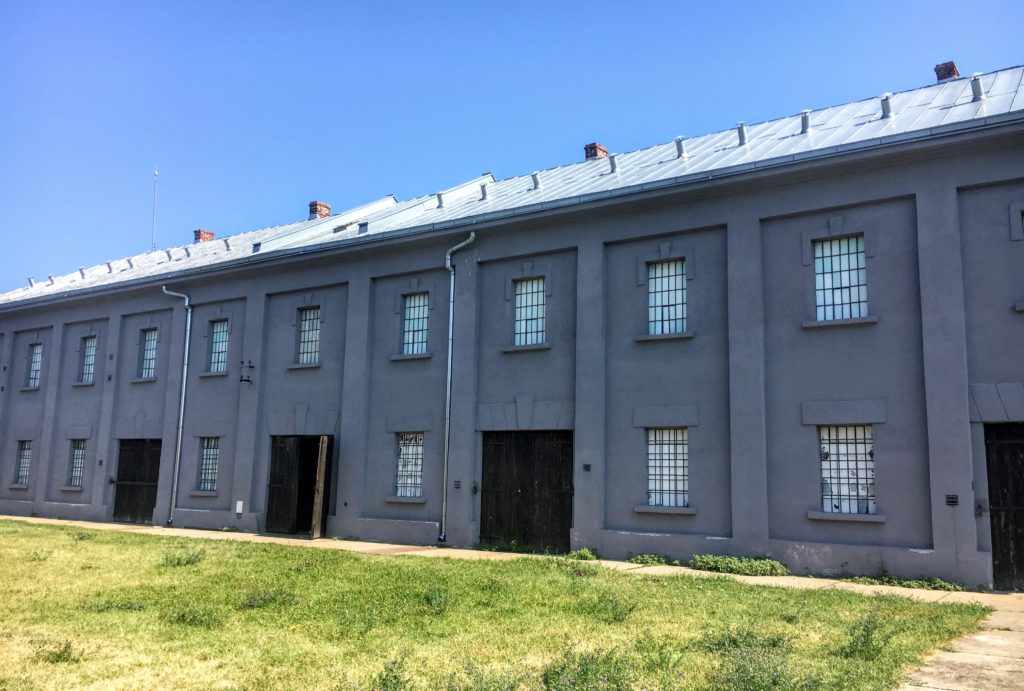
Niš (pronounced Neesh, as many Serbians corrected for me) is a city in the south of Serbia worth stopping at if just for one day. The city feels calmer and more friendly than Belgrade. It has a main shopping street with some great restaurants, and a big park where you can spend a couple hours reading on its many benches.
There’s a former World War II concentration camp on the north side of town close to the bus station, where you can learn about how Jewish people in Serbia were persecuted at the hands of the invading Nazis.
Niš has a well-connected and organized bus station that can get you to Kosovo, Macedonia, and other large cities in the region.
Kosovo - 3 days
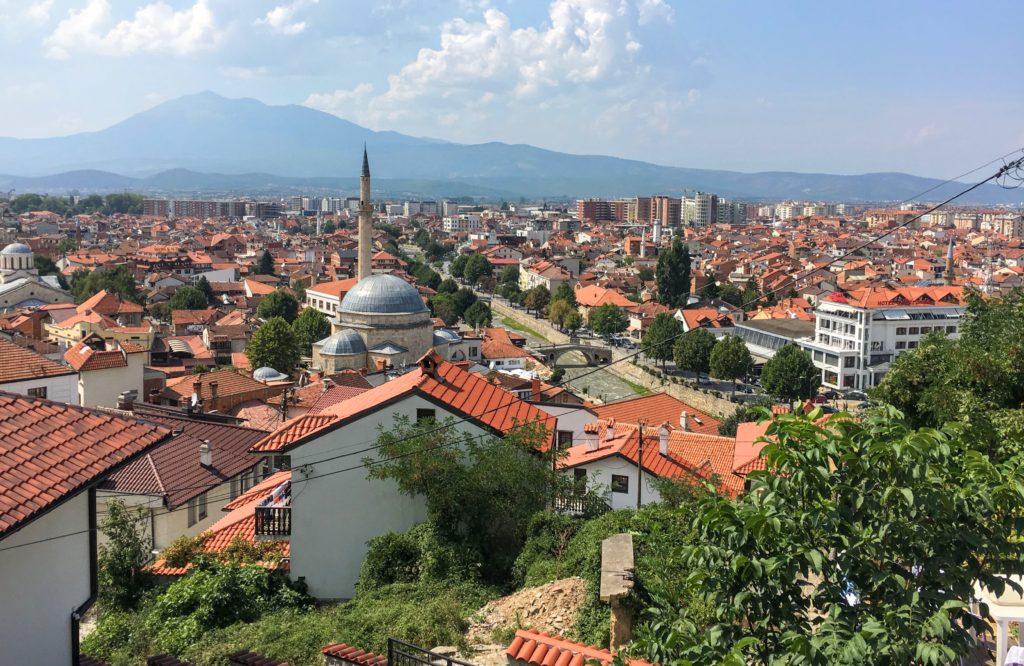
From Niš it’s a quick bus ride to Kosovo. Out of all the border crossings I bussed over, I was surprised to have no issues crossing this one.
There’s an interesting border war going on between Serbia and Kosovo, because Serbia refuses to recognize Kosovo as an independent country. To Serbs, Kosovo is still part of Serbia. To most of the rest of the world and the UN, Kosovo is its own independent country. That’s why when you bus across the border, there’s only one passport checkpoint – to get in to Kosovo. There’s no exit stamp from Serbia because technically to the Serbs, you’re not leaving Serbia.
Note: If you leave Kosovo to go to Albania, Montenegro, etc, and then try to re-enter Serbia through Kosovo, you might run into issues at the border. According to Serbian border patrol, you’ve illegally exited the country without a Serbian exit stamp (only a Kosovo one which is disregarded by them). If you want to go back to Serbia, you need to enter via the north of Macedonia, where you get a new, official Serbian entry stamp.
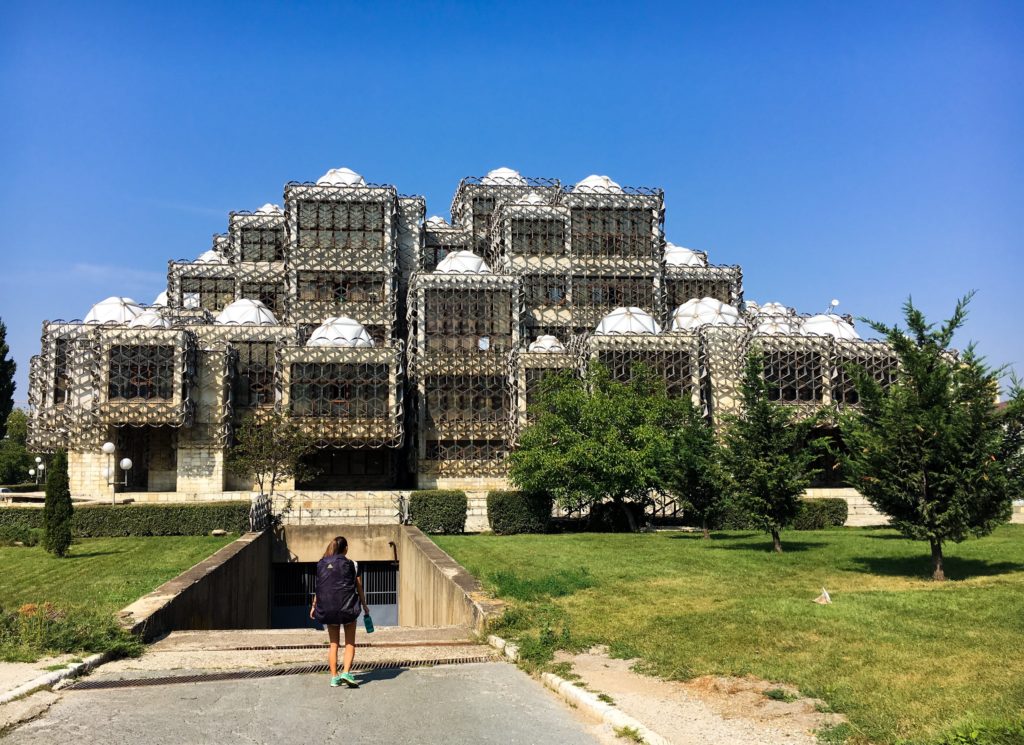
Anyways, back to Kosovo. It’s a country with a majority Muslim population, although quite progressive in other ways. For example, most of the women don’t wear a hijab to cover their hair. However, there are still a large number of mosques in the skyline and the calls to prayer echo around town five times per day.
The Albanian flag is another common sight: most of Kosovo’s population is ethnic Albanians who feel allegiance to neighboring Albania instead of commanding Serbia.
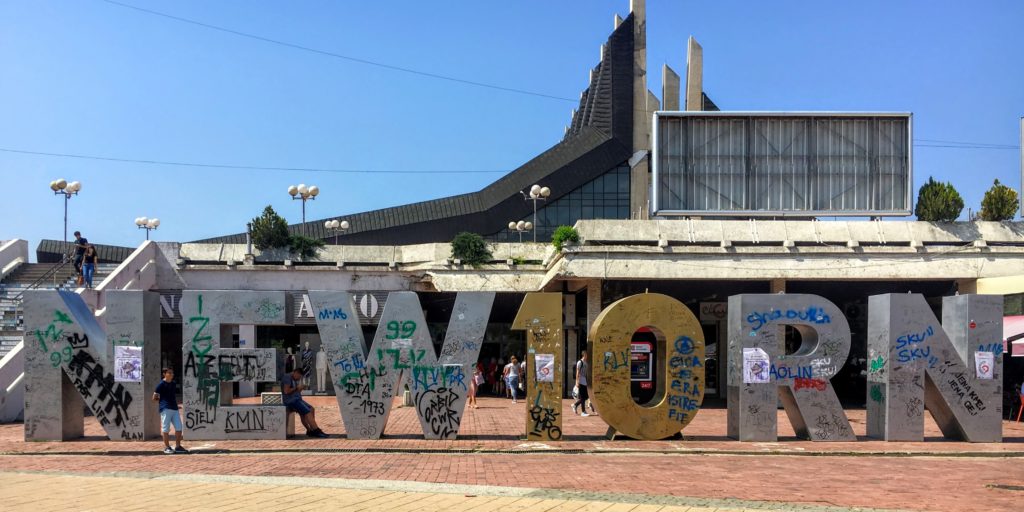
The capital of Kosovo is Pristina, which can be explored in one day. It has a number of museums showcasing Kosovo’s history. It also has a large university, so you’ll see students and young people everywhere in the center of the city, adding to its hip and friendly vibe.
Mother Theresa avenue is a popular shopping area for locals and tourists alike where there are plenty of street performers and street vendors. There’s a local market close to the center of town where you can buy anything from old electronics, used shoes, backpacks, and some souvenirs.
Pristina is also home to one of the strangest looking buildings I’ve seen, the university library with its metal bars outside and strange bubbly rooftop.
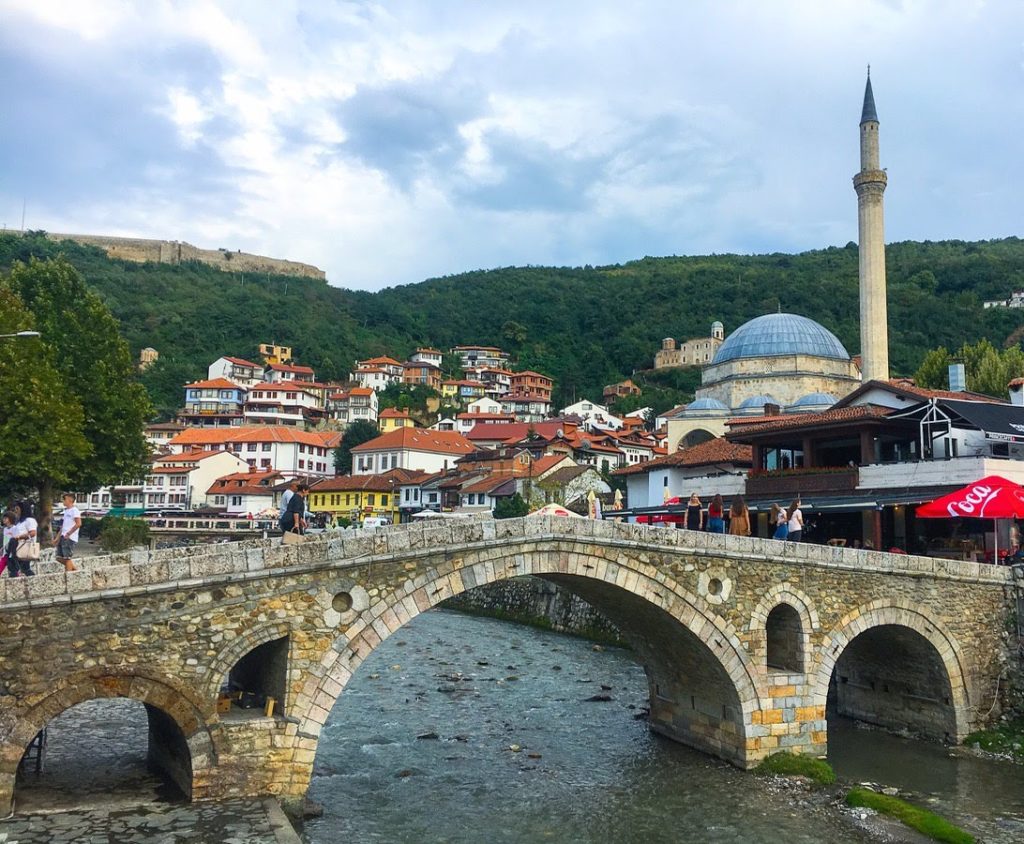
My favorite city in Kosovo was Prizren, where I would stay for two days. It has a river running through it with several stone arch bridges crossing over it, and feels closer to nature than Pristina.
There’s a promenade covered in terraced restaurants that ends at a massive mosque. If you can manage the hike up, there’s a fortress at the top of the hill that overlooks the whole city and surrounding valley. One day can be spent exploring, and one day relaxing.
p.p1 {margin: 0.0px 0.0px 0.0px 0.0px; font: 11.0px Helvetica; color: #000000; -webkit-text-stroke: #000000}
p.p2 {margin: 0.0px 0.0px 0.0px 0.0px; font: 11.0px Helvetica; color: #000000; -webkit-text-stroke: #000000; min-height: 13.0px}
span.s1 {font-kerning: none}
The bus station in Prizren was the most confusing for me, since there is a small privately-owned bus station with busses to Albania and Montenegro that’s behind the main domestic bus station.
Montenegro - 5 days
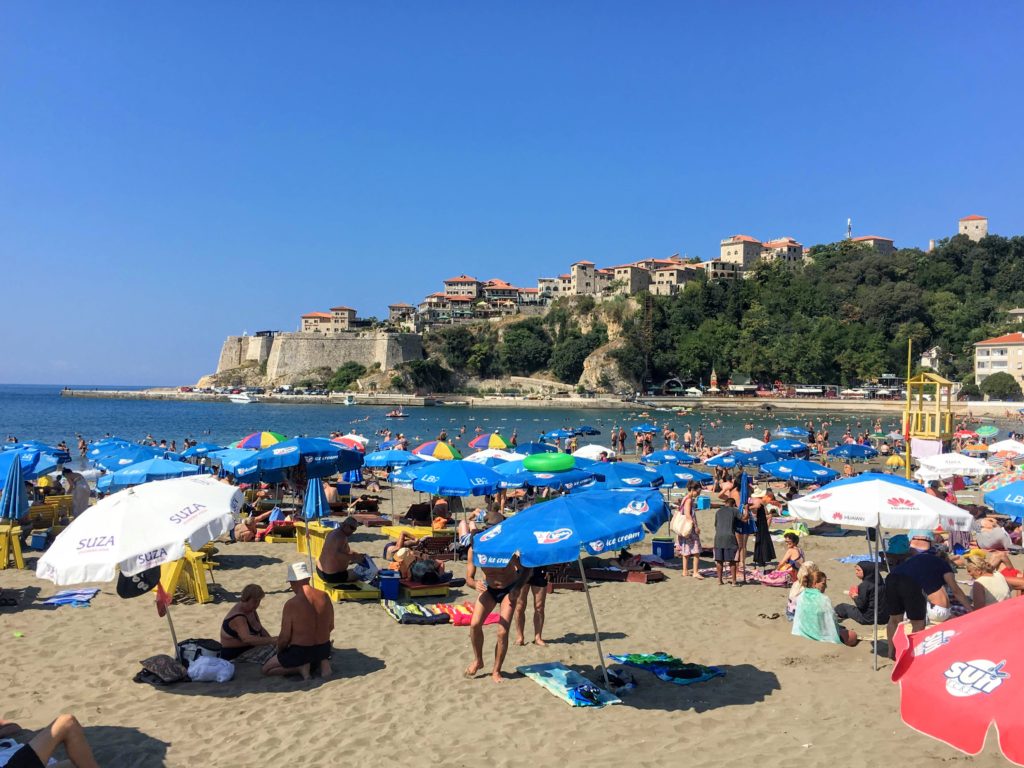
There are several beaches here that are packed to the brim with lounge chairs and umbrellas. Along the main road that runs next to beach are several (relative to the Balkans) over priced restaurants and bars. There are nudist beaches here also if you feel like letting it all hang out: one for both genders, and one called Dada beach for women only.
A cobblestone-covered old town and a fortress overlooks the beach from a small peninsula that’s worth climbing up to, to get a view of the U-shaped beach. I recommend staying at least two nights in Ulcinj, but I ended up staying for four just to relax at the beach!
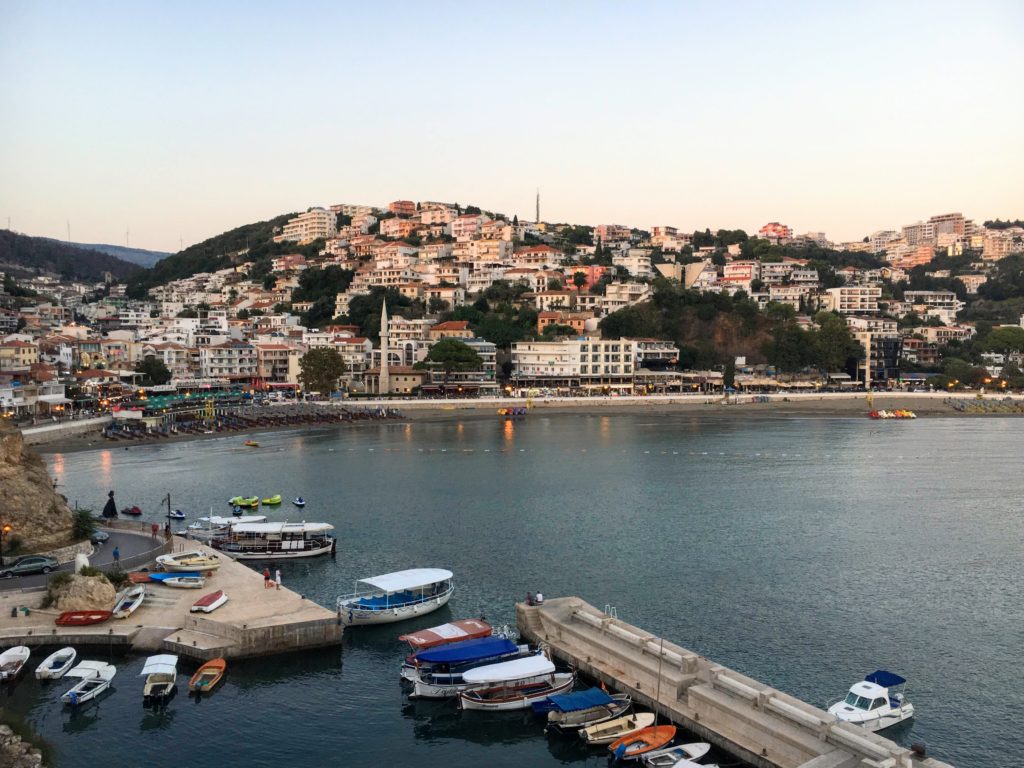
A town that’s a bit more touristy, complete with a souvenir shop-lined board walk, high-rise hotels, and big malls, is Budva. It’s a beautiful bus ride from Ulcinj (sit on the left side of the bus) along the coast where you’ll see a couple of old towns with orange roofs and the standard church that rises above them all.
In Budva there’s another old town with labyrinth-like streets, where around every corner is a small restaurant or shop that sells unique Montenegrin-made souvenirs. Just one day in Budva was enough for me.
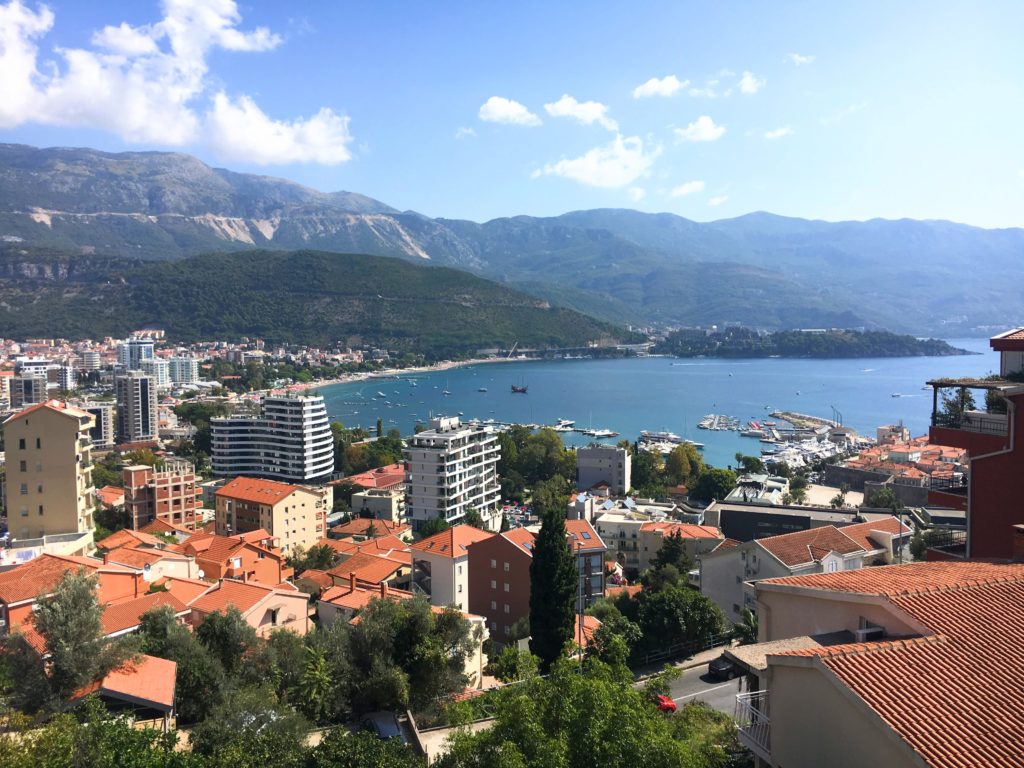
My last and favorite stop in Montenegro was Kotor, which I would spend at least two days in.
The old town here is the largest of all the other towns, with many open squares and churches to explore. In the alleyways you’ll find more local artist studios than you do convenience stores.
Up a long climb into the mountains is an impressive fortress that overlooks the lake next to town. There’s an 8 Euro entrance fee that I think is well worth it for the views, but there’s a sneaky back trail that can be taken to enter the fortress area for free.
It’s best to try and see everything in Kotor early in the morning, because towards the afternoon there are a lot of cruise ships that stop off here, flooding the town with selfie sticks and clogging up the alleyways.
Check out my full Montenegro Itinerary to help you plan your six weeks in the Balkans!
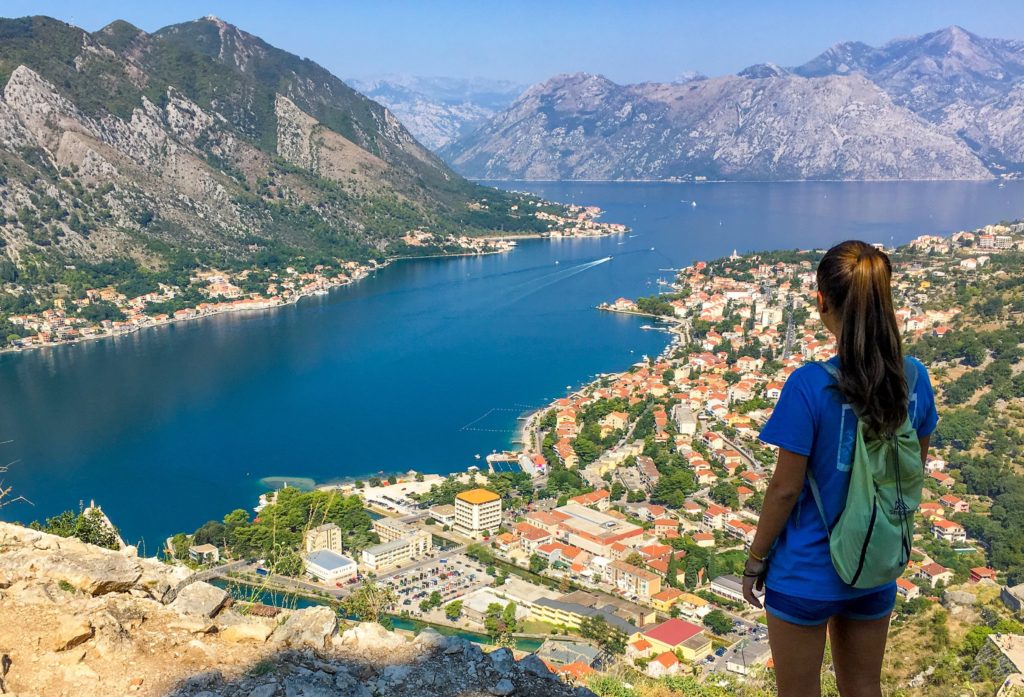
Dubrovnik (Croatia) - 2 days
There are many tours and busses from Kotor that can get you to this iconic town on the southern tip of Croatia.
Known to Game of Thrones fans as King’s Landing, there are many filming locations that can be recognized around town. The massive Old Town is popular for walking tours, and has endless alleyways to discover. There are several viewpoints outside of Dubrovnik that you can hike to as well.
The prices here are sky-high here compared to the rest of the Balkans because of its popularity. Even a hostel dorm best costs more here than in the rest of Croatia. I met more than a few budget backpackers who bussed in to Dubrovnik in the morning, spent all day exploring, then bussed out again in the evening to save money on accommodation!
Albania - 5 days
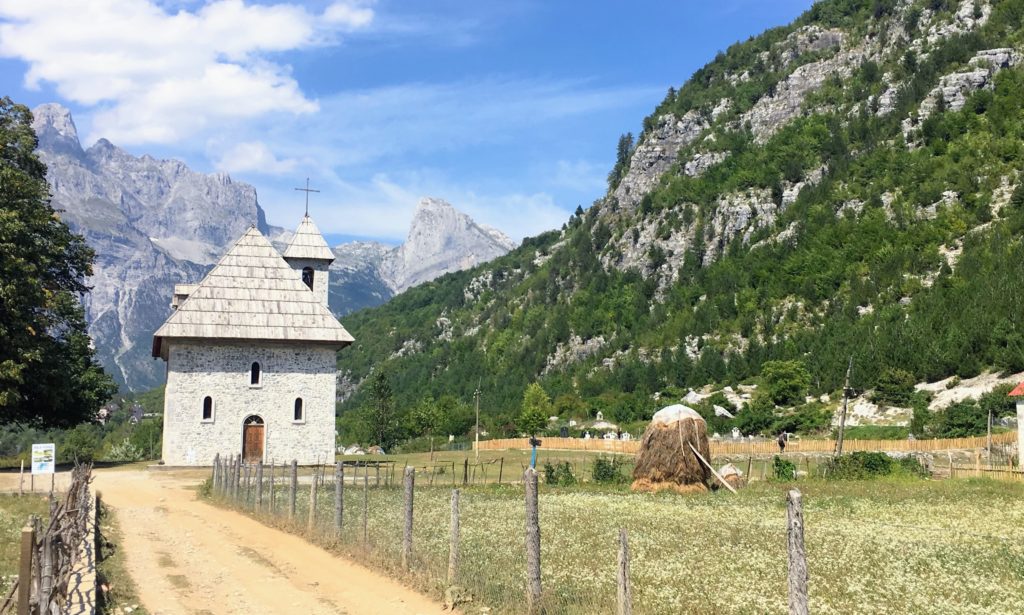
From Dubrovnik, bus through all of Montenegro to reach Shkodër, Albania in the north of the country.
Shkodër is one of the largest cities in Albania, boasting another impressive fortress, a large pedestrian restaurant-and-shopping zone, and a lake bordering Montenegro where you can go swimming.
Shkodër is also in close proximity to a beautiful mountain range, where many outdoor enthusiasts spend two nights in the small Albanian mountain villages of Theth and Valbonë, hiking from one village to the other. I recommend staying one night in Shkodër, then staying one night each in Theth and Valbonë before moving on to Tirana.
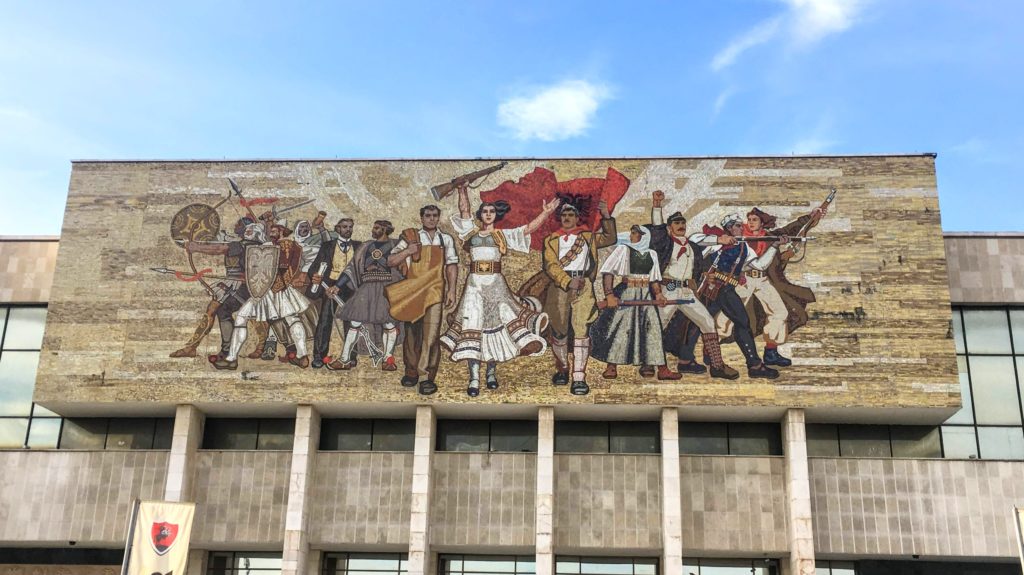
It’s another 3-4 hour bus ride from Shkodër to Tirana. It’s worth staying two nights to explore the history-filled capital of Albania.
One of the highlights of my time in the Balkans was exploring the former nuclear bunker, now called Bunk’Art 2. This communist-era bunker has connecting tunnels that run between many of Tirana’s important government buildings that line the central square.
A section of it is open to visitors as a museum to learn about the history of Albanian political police, war, and communist rule. There are many exhibits and artifacts that take up each of the tiny rooms underground, spanning Albanian history from 1912 to 1991. You can even see the gloomy rooms where the Albanian Minister of Internal Affairs would have lived out his life had there been nuclear war.
If you have time, there are many beautiful coastal towns in southern Albania: Sarandë and Himarë
Macedonia - 3 days
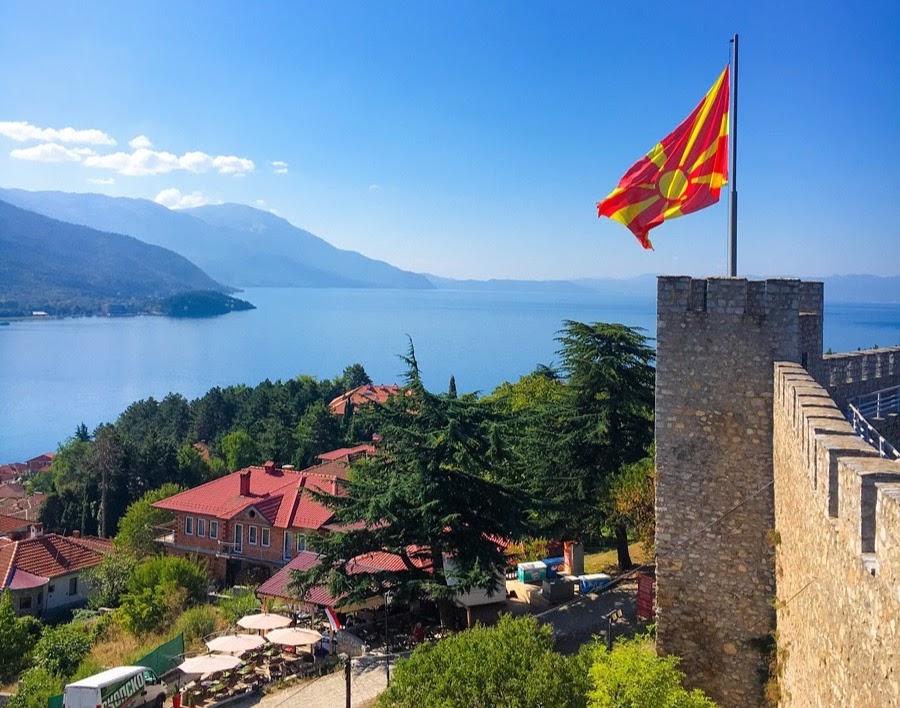
From Tirana’s international bus station, you can take a minivan to Ohrid, Macedonia.
This little town is situated on a massive lake that serves as a border between Albania and Macedonia. It’s home to a small fortress on a hill and some beautiful churches that overlook the lake. Along the coastline there are also some swimming spots, and a floating dock that you can sunbathe on.
There’s an old town with a large amphitheater in it, as well as a more modern shopping and dining street. Most of Ohrid you can see in one day, but there are some day treks that can be done from here to the surrounding hills.
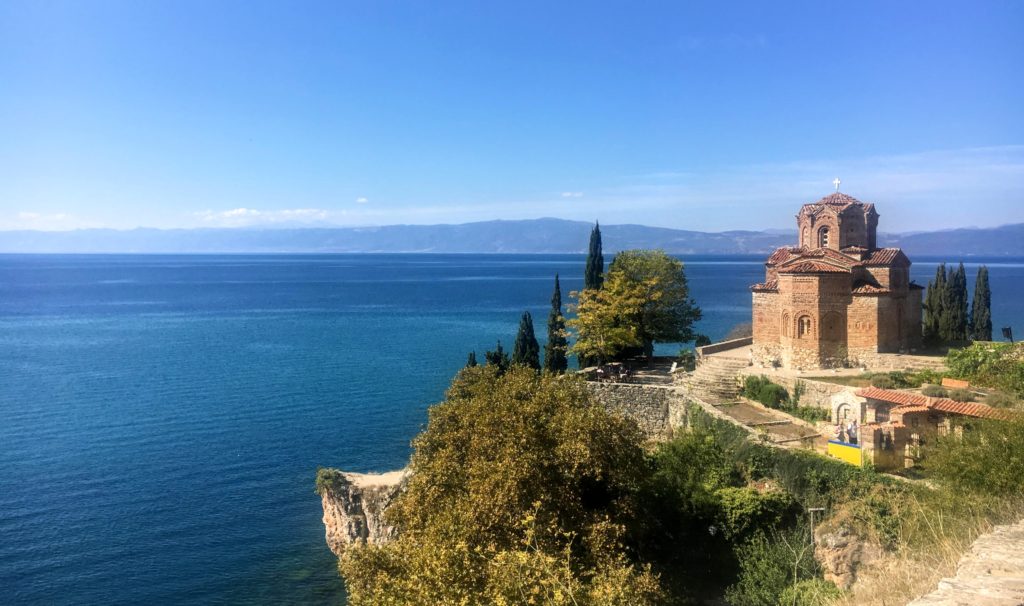
From Ohrid there are busses leaving every hour or so to the nation’s capital, Skopje.
Skopje is an interesting city to say the least. It also has an old town section, but it’s just a couple of alleyways filled with out-of-place high-end gold and dress shops. Wander a little deeper in the maze and you’ll come across an expansive local market – food, electronics, souvenirs, spices… everything under one tarp roof.
There’s also a beautiful fortress, free to enter, with a wall you can freely walk around and look down over all the statues in town.
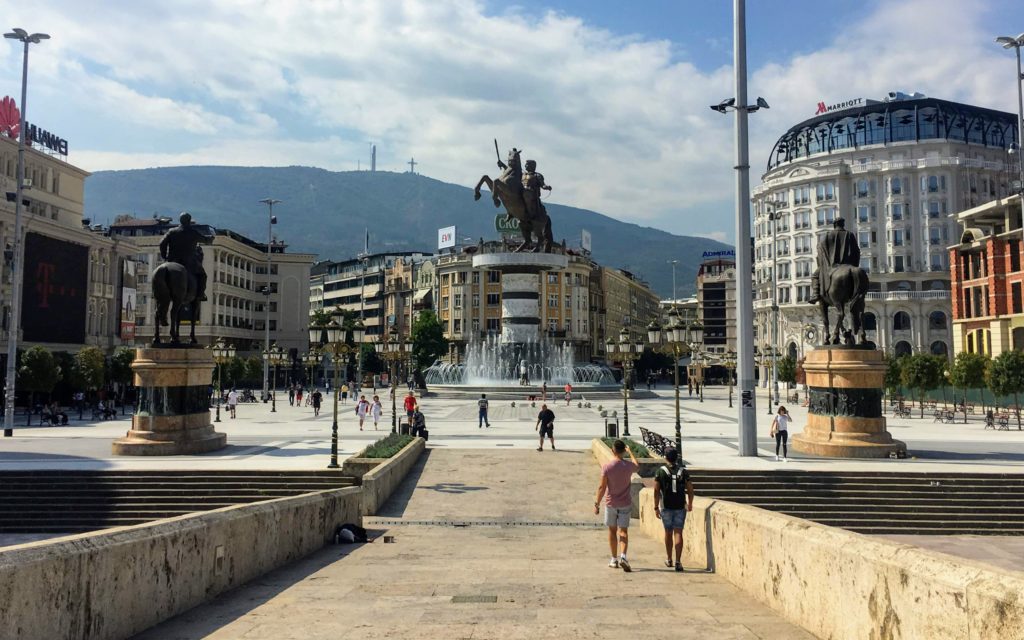
The strangest part about Skopje is the city center. Since the government pumped a lot of extra money into beautifying the capital, the statue and fountain situation seems to have gotten a little out of hand. Along the river and down the main roads you’re bound to see several statues of prominent figures in Macedonian history, or whoever else they felt like honoring.
There’s an Arc de Triomphe of Macedonia, you’ll see London’s old red double-decker busses driving around everywhere, and the light-up fountains and statues are reminiscent of flashy Las Vegas. It’s a city worth seeing partially because of its identity crisis.
I met some people who bussed in and out on the same day, and just wandered city center for a few hours. But to see Old Town, appreciate the statues and fountains when they light up and night, and check out the fortress, I recommend staying two days in Skopje.
The bus station here is impressive with a dozen ticketing windows, shops and cafes, all under a tall, dark building. Tickets are available for all over Europe and even to Turkey. It’s located next to a massive mall with a grocery store to stock up on snacks before long bus trips.
Bulgaria - 7 days
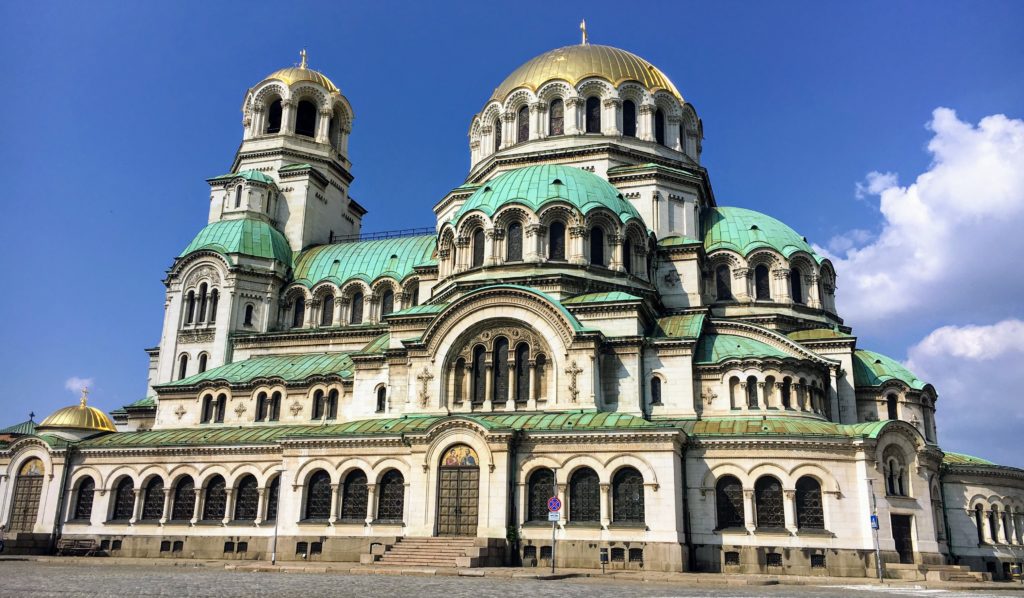
There are a couple of busses per day that leave from Skopje to Bulgaria’s capital, Sofia. Sofia’s bus station is within walking distance to the center of town, and is also located next to their train station.
Sofia has something that would interest every traveler. There’s a mix of old vs new, such as well-preserved Roman-era ruins that visitors are free to walk through, located next to a shopping center and large government buildings.
Sofia has a long history and the architecture to prove it, from when it was ruled by the Greeks, the Romans, or by the Ottoman Empire. There are mosques, Christian orthodox churches, and synagogues scattered all throughout the city. There are old bazaars filled with local shop owners, butchers, souvenir shops, and local food stands, but also large shopping malls with name-brand stores!
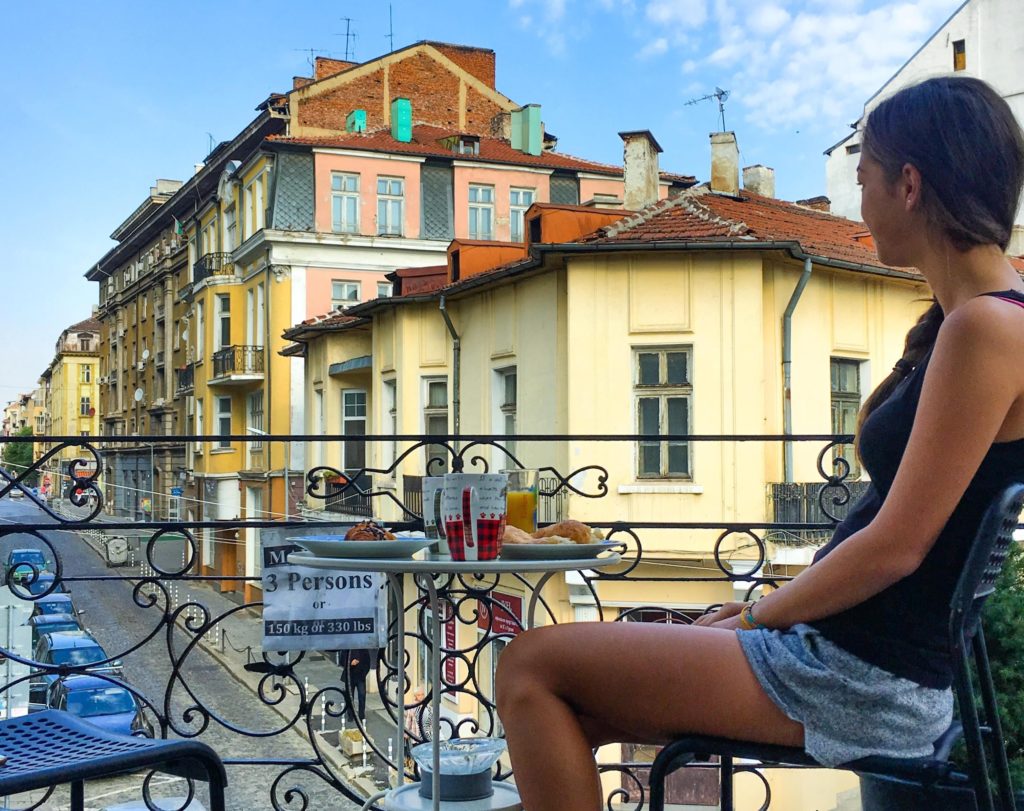
There are a few popular day trips that are reachable from Sofia, so it’s worth sticking around for two or three days.
The most popular excursions are to the Rila Monastery and the Seven Rila Lakes. If you rush, you may be able to see both in one day, although my hostel had split the Monastery and the Lakes into two different excursions.
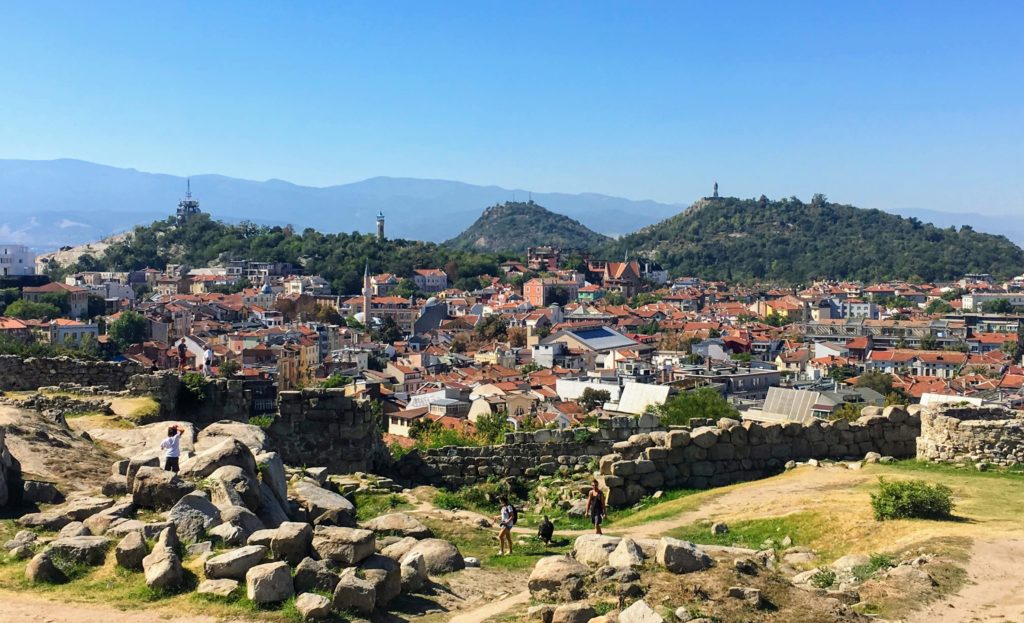
Busses run hourly from the main bus terminal in Sofia to Plovdiv, a city I loved immediately.
There are two touristy sections of Plovdiv. One is the old town area filled with artisanal shops, antique stores, churches, an amphitheater, and the ruins of a former fortress. The other is a modern shopping street that has local shops and restaurants interspersed with name-brand stores and a McDonalds. This street also has an old amphitheater and some museums. Spend two days in Plovdiv to see it all.
For the other two days in Bulgaria, there are many hiking trails and mountains that can be explored, such as Musala Peak. Alternatively, Varnas and Burgas are two coastal towns on the Black Sea that are worth a visit. Varnas is similar to Sofia with its big city attractions, and Burgas is more similar to small-town, historical Plovdiv.
After the Balkans:
It’s easy to get to many other parts of the world from Bulgaria. I took a bus from Plovdiv to Istanbul, Turkey, and it’s also possible to take a train there. Some backpackers will move north from Bulgaria to just-over-the-border Bucharest, Romania, up to Moldova, Transnistria (ever heard of it?), and Ukraine.
If you backtrack to Sofia, it’s possible to fly to many destinations around Europe for cheap from their large airport. For the off-the-beaten-track traveler with time and money, it’s even possible to take a ferry from Varnas across the Black Sea to get to Batumi, Georgia!
Save this article for later - Pin It!
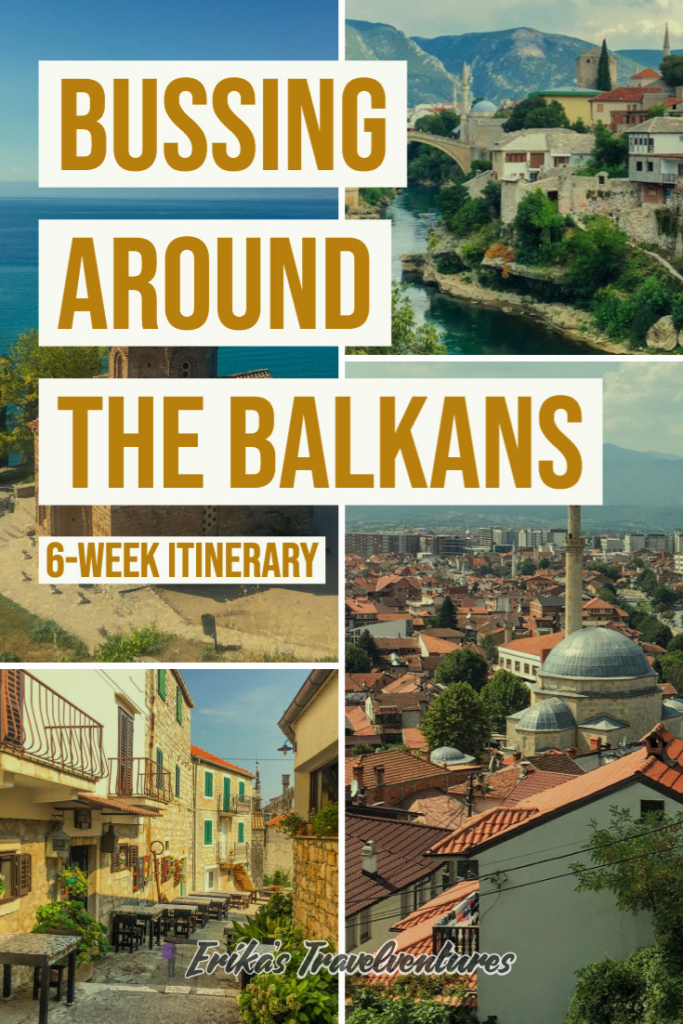
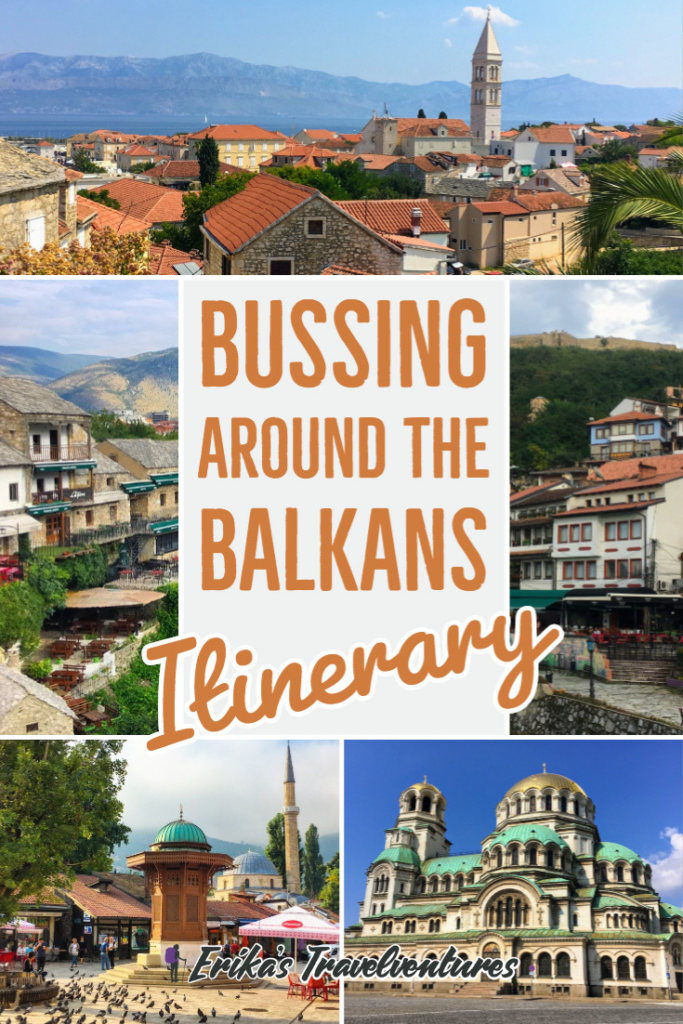
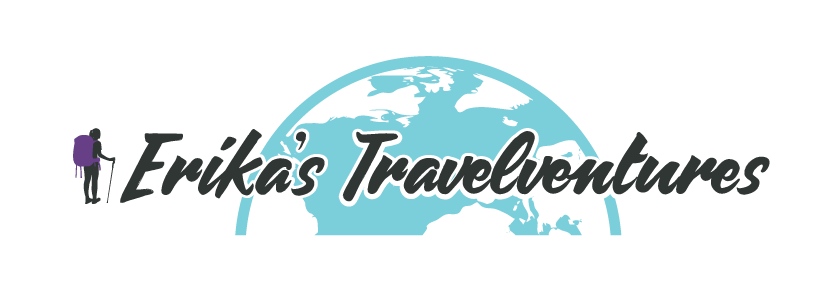
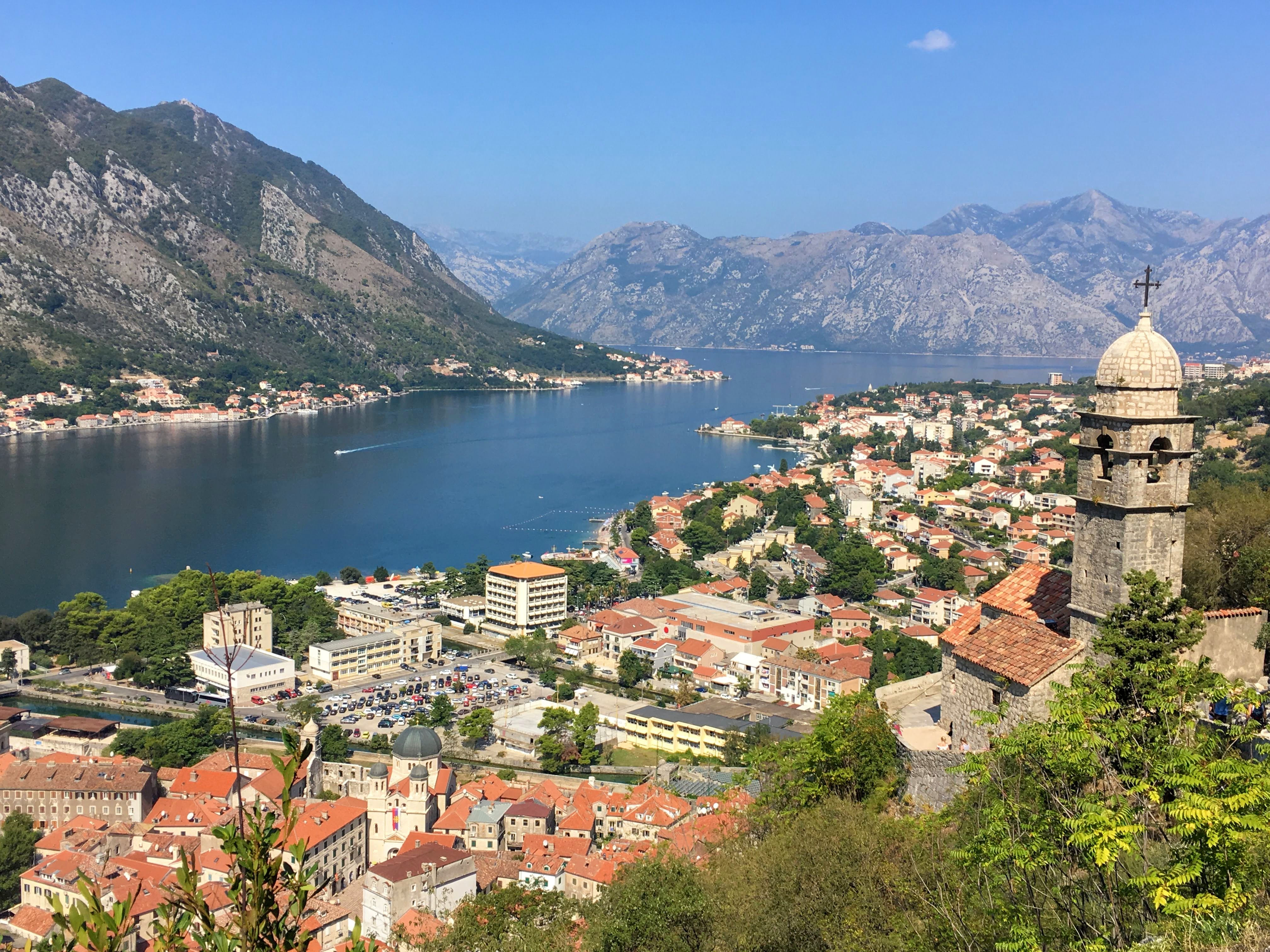
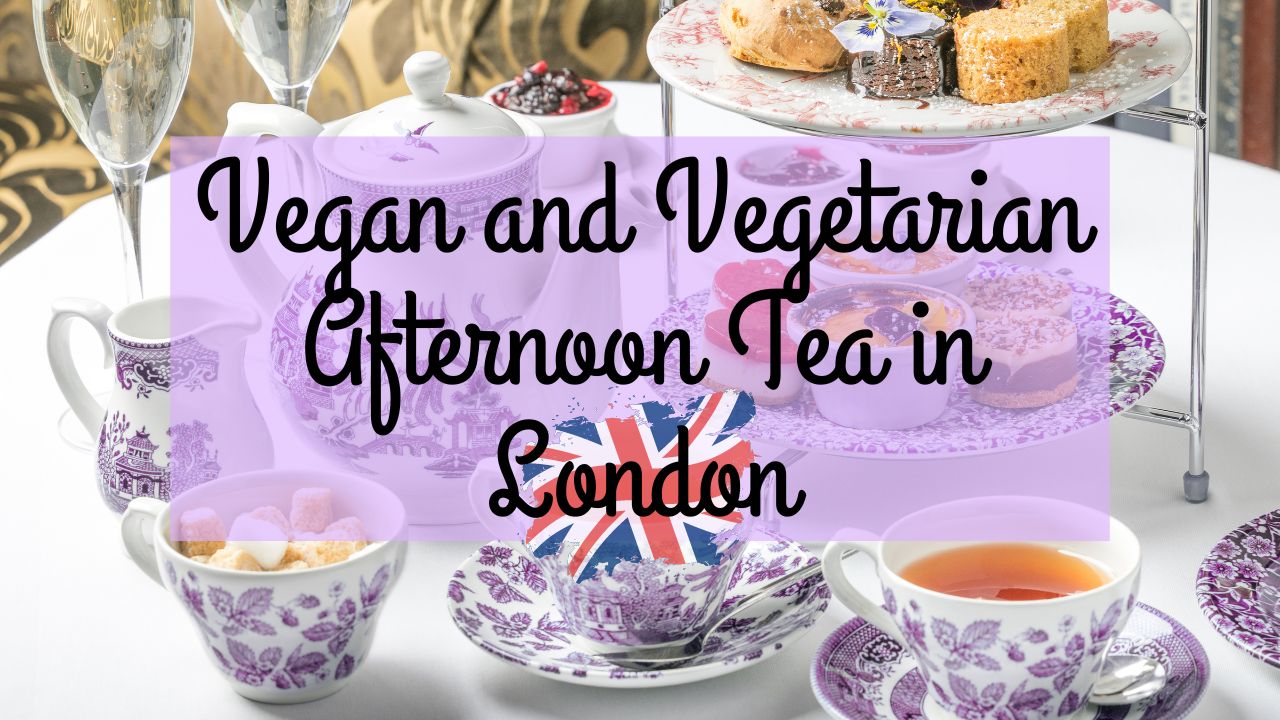
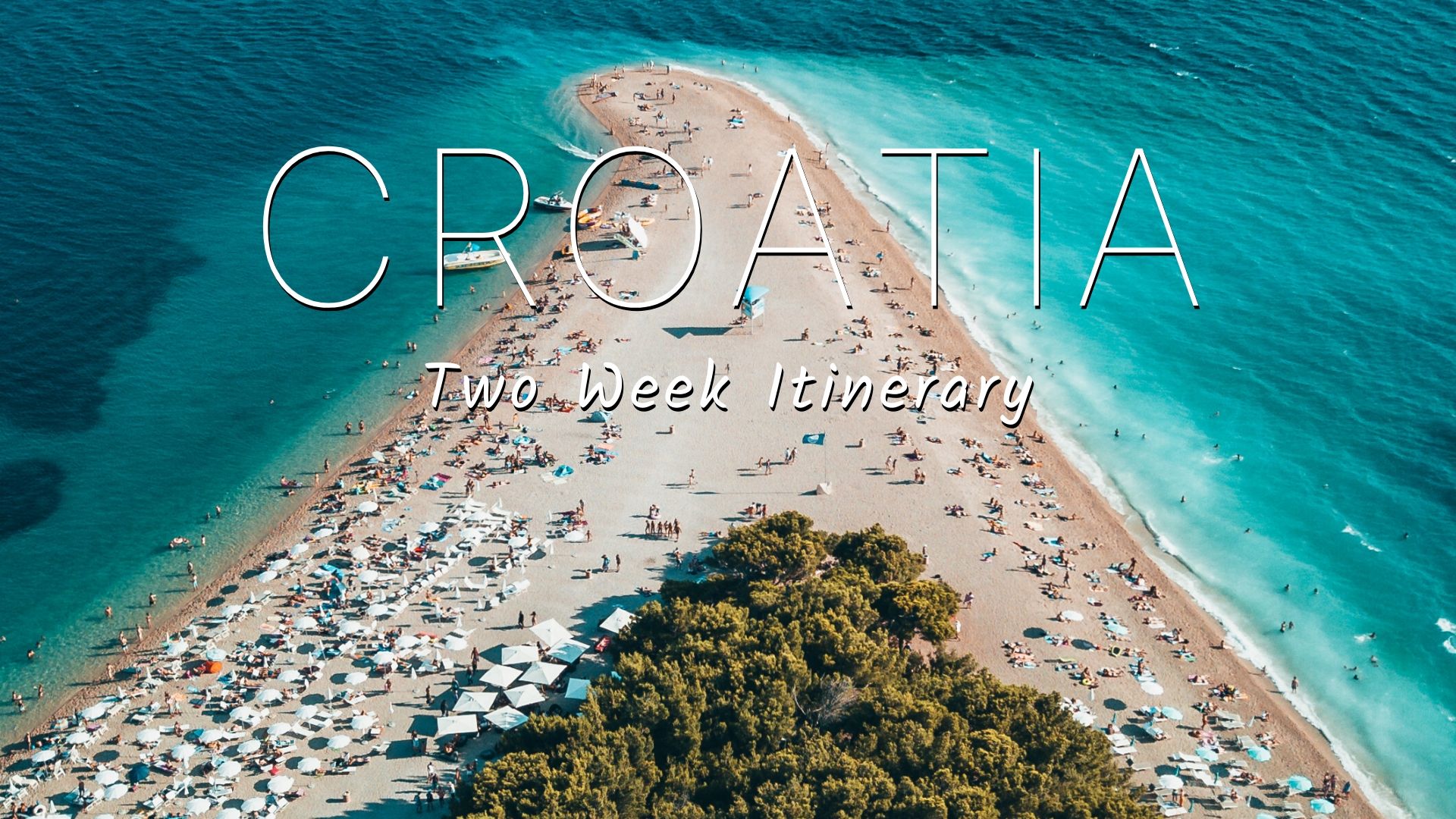
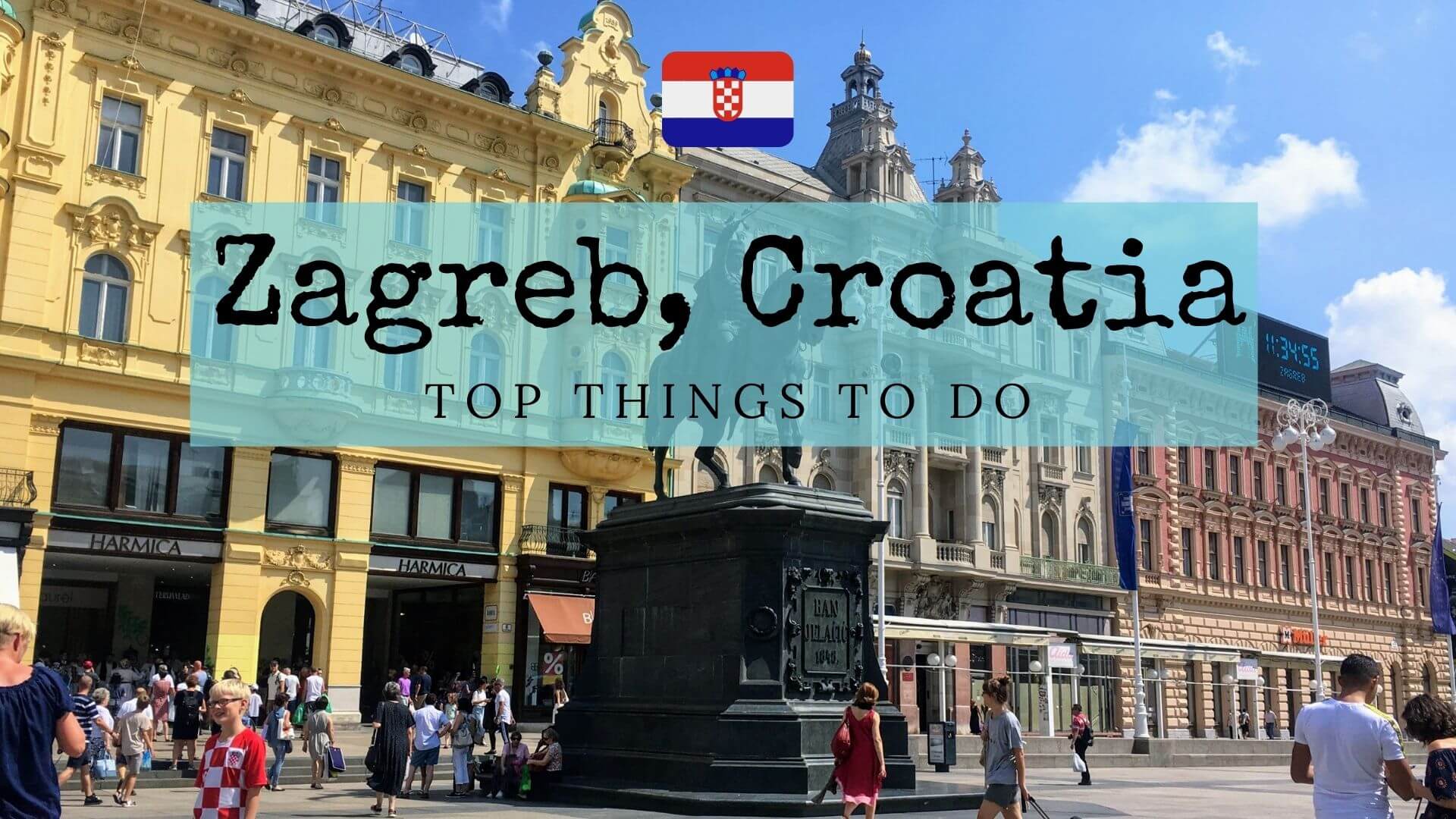
0 thoughts on “Bussing around the Balkans: Nine Countries, Six Weeks”
Selfie sticks moving around with people attached to them. Love it! Also your description of Belgrade as “cold, concrete, with lots of edges.”
What an incredible trip. I loved your pictures and description. We visited Slovenia last year and it definitely needs some further exploration.
I agree, I recently saw Slovenia described as the New Zealand of Europe! Makes me wish I spent more time there
This looks like it was such a cool tour! I think it would be a beautiful place to travel and I like the idea of taking the bus to travel around.
Most people rent a car to travel the Balkans, but I’m glad to have found out it’s totally doable by bus too!
Very inspiring images. I hope I make time soon to visit the Balcans. Great tips about taking the bus.
Thanks, it’s a really beautiful part of Europe
Wow this is amazing! I would love to visit other countries
What fun! I wish I was in a position to travel for more than a week at a time.
When I was working, I traveled for only a week at a time too. It’s wasn’t ideal for me, but I was still able to see a lot in a week abroad!
Wow, looks and sounds like an amazing vacation. I would love to visit one day, love your photos.
Thank you!
Your post reminds me of my amazing visit to Serbia a few months ago. I had such a wonderful time. Do recommend everyone to visit the Balkans.
What an amazing trip! All these pictures looks beautiful. I am so curious to visit there.
Thanks! I highly recommend it… prices are so cheap in that area too!
Wow! This sounds like the ultimate Bucket List vacation! I’m so jealous right now!
Most of these countries have rich history, well I came to know for m my world history. It would be great to experience and see this culture for myself.
Definitely, so many different cultures to experience in such a small area too. And totally safe these days!
These are all cool photos! Love it! I wish to travel more next year. Croatia, Montenegro and Macedonia are countries I like to visit someday. Thanks so much for sharing your epic travel adventure.
I really loved all three of those countries. Good luck!
This sounds like it would be an amazing adventure. I have never really travelled anywhere like this before but to do it by bus to go to the countries sounds like so much fun.
It was quite an adventure for sure. Busses make it so easy to get around, and you can interact with locals too!
What a whirlwind in six weeks to be able to see nine countries. This would definitely be an experience of a lifetime to be able to share!
It was definitely a whirlwind, but it helps to have so many countries so close to each other. Thanks for reading 🙂
This looks like it was a great destination! I would love to visit.
What an amazing itinerary, I would love to explore other countries for 45 days!
Ok, first off, I am extremely jealous of your trip! Wow, what a wonderful experience! Secondly, your pictures are gorgeous! Thank you for sharing your journey with us!
Thank you!
I actually love traveling and now I REALLY want to get out of Spain. I want to see the world. I want to learn about new cultures and places. I loved your trip! I wish I had the time and means to do a similar one!
If you’re in Spain, maybe you can keep an eye on weekend Flixbus or Ryanair deals! I’m jealous of Europeans for being so close to so many different countries… good luck!
I would love to visit Slovenia again, my dad’s side of the family is from there, and I was there when I was younger but don’t remember much. Fun adventures you had!
I hope you can make it back out there one day, so much natural beauty and cute little villages!
I totally envy this kind of freedom to travel around the world. I hope I could also get the same spirit as you did travelling from around the world. You totally inspired us in searching for more trips in this world. Thank for posting.
Thanks for reading!
Wow, such an impressive amount of time to explore these places in such a short period. I bet there were some amazing views. Moments that will last a lifetime.
Looks like an amazing trip. I would love to visit Bled, Slovenia. That picture which you captured is amazing and I must say everyone wants to visit that place. I am adding this place to my bucket list.
Thank you! Bled is only an hour by bus from Ljubljana, so pretty easy to get to!
I loved seeing your pictures and reading about your adventures. The pock marks would have made me sad. I do love to travel though…and I know not all history is good history
Well said, Bosnia & Herzegovina had a pretty rough history, but it’s stable now and safe to travel though
Nine countries in 6 weeks. Wow! That is something I’d love to do one day. In fact, if I’m being really honest, I’d love to travel 6 to 12 weeks out of every year. Now that would be a dream come true!
Wow! What an inspirational post about such a beautiful spot in the world! You have certainly showcased a few places that i will be putting onto my travel bucket list. Thank you so much for such wonderful insight!
All I can say is a big WOW! As In! I am amazed and actually envy your trip! I wish I could be just like you and have some experience like this.
This vacation sounds amazing! 9 countries in 45 days, lots to do and see!